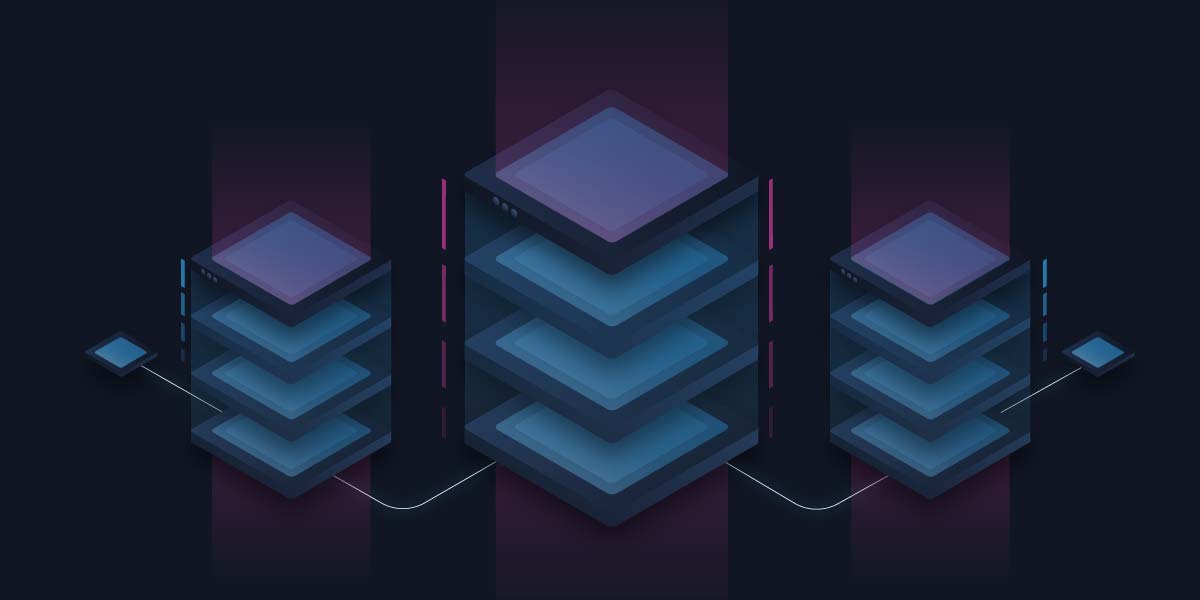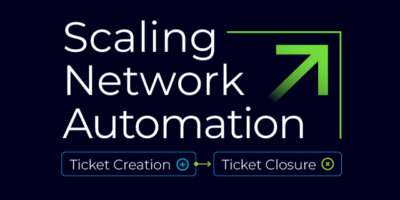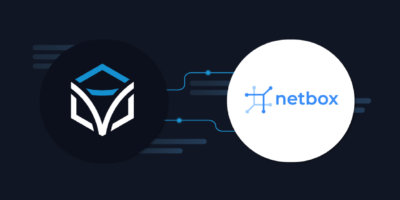Data center networking has evolved at a rapid rate in the last few years, take a moment to consider the following question: What did your data center architecture look like 5 or 10 years ago?
If you go far enough back in time, the data center probably started off as a classic three-tiered architecture, and at least for a moment, everything seemed to work just fine. You had plenty of ports, plenty of bandwidth, working redundancy, and an easy to identify set of layer 2 and layer 3 network boundaries. Data center network change requests weren’t coming often and when they did, the changes were straightforward.
Then something happened. The gates were opened, and servers and applications were flooding in from everywhere, taking up every available port, eating up bandwidth, breaking traffic patterns and redundancy configurations, and worse of all completely obliterating the nice, clean layer 2 and layer 3 boundaries that we loved. In response to this, data centers were eventually rearchitected to adapt to this new world. They began using more scalable and flexible leaf and spine architectures, which progressed into a slew of new protocols that allowed teams to define overlays and underlays and deliver another way to make layer 2 as ubiquitous as possible.
Evolving Your Data Center Automation Strategy
Automation in today’s data center usually starts off with a very simple strategy, aiming to safely make changes to the infrastructure at a much faster and efficient rate. This is because the rate of change requests are now significantly higher, while at the same time the nature of the changes has become much more complex, requiring dozens of configuration lines across multiple devices, which can affect both overlay and underlay configurations. Without automation, network teams are engaged in manually making these changes and at best keeping up with the rate of change, but more likely creating a backlog of work that takes days, or weeks, to complete.
It’s only natural for network teams to look for ways to automate the application of all those network changes, and there are plenty of tools to help do that. However, only automating the network change itself ignores 80-90% of the full process. Due to the evolution of data centers, generating configuration changes requires a lot of information that may be spread across a wide variety of systems. So, while clicking a button (or hitting enter) to run an automation to apply dozens of network changes is incredibly important, it’s also important for an automation solution to integrate with all your data sources.
Automating the Data Gathering and Update Process
Gathering data takes up a considerable amount of time, and as a pre-requisite before many network changes can be made the ability to automate this process must be a part of your data center automation strategy. New applications and services will need new configurations, which can require new network resources or add to an existing network resource.
To keep this data up to date it’s also important to maintain a reliable source of truth that serves as a live repository for your network data. This is why applications like NetBox are so critical for data center networks—they provide a central source of truth for the allocation of many network resources. Most importantly they allow for an automation to query, request, and update data programmatically helping expand your automation strategy.
An effective automation strategy must be able to integrate with this, and other, sources of truth for the data gathering process, and make it simple for that information to be translated into the configuration changes that will be applied to the network. Without this, network teams will still engage in the manual, swivel-chair process of accessing dashboards, copying data, manipulating it, and pasting it into a set of configuration changes. This becomes a serious roadblock to automation effectiveness, limiting time savings and increasing the potential to make errors.
Automating Ticket Management and Documentation Process
In addition to the intricacies of data gathering, another large pain point for network teams is managing change request tickets. Many organizations have a very well defined and mandatory change request process that includes approvals and the need for documentation of the change before and after the changes are applied. ITSM systems like ServiceNow and Jira are often used for this process, and one of the often overlooked features of platforms like these are its integration through APIs, which allows automations to access these systems directly.
If you take a closer look at the data that network teams are populating into these tickets, it’s the same data that’s being gathered from sources of truth and turned into the configuration details that will be applied to the network devices. All of this must be documented and approved, and most teams are manually doing this today. If your automation is already gathering data and transforming it into network changes, the natural next step is to integrate to your ticketing systems and automate the ticket-creation and ticket-closure process.
Based on feedback from customers who we’ve helped accomplish this, this is a tremendous quality of life improvement for network teams and a significant boost in the frequency and accuracy of their ticket documentation details.
Real-Time Communications and Notification Automation
Once you look at the end-to-end process for a data center network change, you’ll start to identify many other systems are involved that rely heavily on manual intervention. All these processes and related systems should be a part of your data center automation strategy, as they have the potential to increase communications between teams and provide further automation efficiency.
Organizations leverage many different message, notification, and communication systems between teams. Whether it’s Slack, Microsoft Teams, or even email, these systems are important parts of the automation process and can not only keep everyone informed, but through effective communication can prevent outages or resolve them faster if they do occur.
Yet, I know that communicating in real-time can be forgotten in the middle of a maintenance window because the focus is on the network changes and not necessarily updating other related teams. However, this oversight shouldn’t ever happen if your automation strategy includes integration to these systems. Updating the NetOps team’s Slack channel with the specific change details that are about to take place (and linking to the change request ticket) makes them aware of the details so they can identify the devices under change and help filter out any alarms or alerts that may occur as part of the change. This makes the network organization work more efficiently as a whole.
Building End-to-End Data Center Automations that Evolve with Your IT Ecosystem
Applications and services are already transcending a single on-prem data center and often span across multiple data centers and even multiple cloud platforms. Your automation strategy needs to evolve to be able to support the IT infrastructure and ecosystem you have today and whatever it may look like in 5 or even 10 years. The focus of just automating network changes is too narrow to be effective in today’s complex and evolving network, as there are more sources of truth, network controllers, ITSMs, cloud platforms, security services, communications systems, and more that are all part of implementing new applications and services.
Itential can help you on this journey, no matter where you are because we’ve purposefully engineered the Itential Automation Platform to enable network teams to build network automations that can also quickly integrate with your entire network and IT ecosystem today and tomorrow. If you’re interested in how network teams can build automations that automate data gathering with NetBox and manage change request tickets in ServiceNow, you’ll definitely want to watch our recent webinar here.





